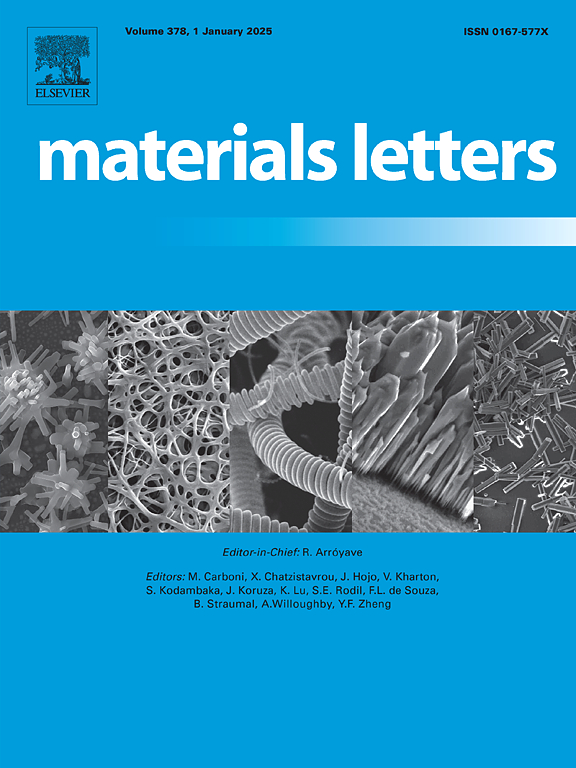The effect of replacing fly ash with GGBFS on the fracture parameters of geopolymer concrete
IF 2.7
4区 材料科学
Q3 MATERIALS SCIENCE, MULTIDISCIPLINARY
引用次数: 0
Abstract
Given the abundance, reduced cost, and environmental advantages associated with the utilization of ground granulated blast furnace slag (GGBFS) as a substitute for fly ash, this investigation examines the influence of GGBFS replacement levels of 5, 10, 15, 20, 25, and 30 % on the fracture behavior of lightweight fly ash-based geopolymer concrete (LWFCGC). Concrete specimens were produced using different proportions of GGBFS and fly ash and cured at 80 °C. Subsequently, they were subjected to compressive, tensile, and three-point bending tests. The results indicate that replacing fly ash with GGBFS significantly influences the mechanical properties of geopolymer concrete. Generally, increasing the GGBFS replacement percentage up to 20 % led to higher compressive strength and reduced porosity. However, increasing the GGBFS from 20 % to 30 % led to lower compressive strength. Increasing the replacement percentage from 0 % to 30 % resulted in an increase in fracture toughness from 16.73 to 27.49 MPa√mm and fracture energy from 54.9 to 156.06 N/m. In conclusion, this study shows that GGBFS can be a suitable substitute for fly ash in geopolymer concrete to some extent. By carefully selecting the ratio of GGBFS to fly ash, geopolymer concrete with desirable mechanical properties, fracture parameters, and durability can be achieved.
求助全文
约1分钟内获得全文
求助全文
来源期刊

Materials Letters
工程技术-材料科学:综合
CiteScore
5.60
自引率
3.30%
发文量
1948
审稿时长
50 days
期刊介绍:
Materials Letters has an open access mirror journal Materials Letters: X, sharing the same aims and scope, editorial team, submission system and rigorous peer review.
Materials Letters is dedicated to publishing novel, cutting edge reports of broad interest to the materials community. The journal provides a forum for materials scientists and engineers, physicists, and chemists to rapidly communicate on the most important topics in the field of materials.
Contributions include, but are not limited to, a variety of topics such as:
• Materials - Metals and alloys, amorphous solids, ceramics, composites, polymers, semiconductors
• Applications - Structural, opto-electronic, magnetic, medical, MEMS, sensors, smart
• Characterization - Analytical, microscopy, scanning probes, nanoscopic, optical, electrical, magnetic, acoustic, spectroscopic, diffraction
• Novel Materials - Micro and nanostructures (nanowires, nanotubes, nanoparticles), nanocomposites, thin films, superlattices, quantum dots.
• Processing - Crystal growth, thin film processing, sol-gel processing, mechanical processing, assembly, nanocrystalline processing.
• Properties - Mechanical, magnetic, optical, electrical, ferroelectric, thermal, interfacial, transport, thermodynamic
• Synthesis - Quenching, solid state, solidification, solution synthesis, vapor deposition, high pressure, explosive
 求助内容:
求助内容: 应助结果提醒方式:
应助结果提醒方式:


